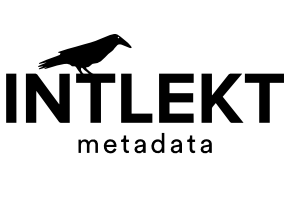IEML is an acronym for Information Economy MetaLanguage. IEML is intended to become a standard for expressing semantic metadata and for modelling complex human systems.
IEML is the result of many years of fundamental research under the direction of professor Pierre Lévy, fourteen years of which were funded by the Canadian federal government through the Canada Research Chair in Collective Intelligence at the University of Ottawa (2002-2016). In 2021, IEML is the only metalanguage that has the following properties:
- it has the semantic expressive power of a natural language
- its semantics is unambiguous
- it has the syntax of a regular language
- Its semantics is computable because it is a function of its syntax
IEML expressions can be manipulated by a set of symmetrical and automatic operations. The linguistic theory behind IEML can be found here and here.

IEML ontologies and labelling systems are interoperable by design.
On the basis of its unique properties, IEML can be used as a concept coding system that solves the problem of semantic interoperability in an original way, allows information systems to reflect multiple point of views, lays the foundations for a new generation of artificial intelligence and leads the way toward reflexive collective intelligence. IEML complies with Web standards and can be exported in RDF.
IEML expressions are called USLs (Uniform Semantic Locators). They can be read and translated into any natural language.
In a Nutshell
- IEML provides a coordinate system for a conversational knowledge base that feeds both statistical calculations and automatic reasoning.
- IEML is ideal to build knowledge graphs because it allows the functional generation of conceptual nodes and links. It fulfills the promise of the Semantic Web through its computable meaning and interoperable models.
- IEML supplies a dataset labeling system that improves Machine Learning.
- Because IEML is programmable, one of its most promising applications is controlled text generation, that goes beyond GPT (or the like) probabilistic generation.
IEML in this Website: Table of Content
Part 1: Introduction to IEML
Part 2: IEML Grammar
Inflections for Verbs and Nouns
Part 3: IEML Dictionary
Principal Ideas
Paradigms of Collective Intelligence
Themes of Collective Intelligence
Things / Technology / Industry
Themes of Human Experience
IEML Linguistic Tools
